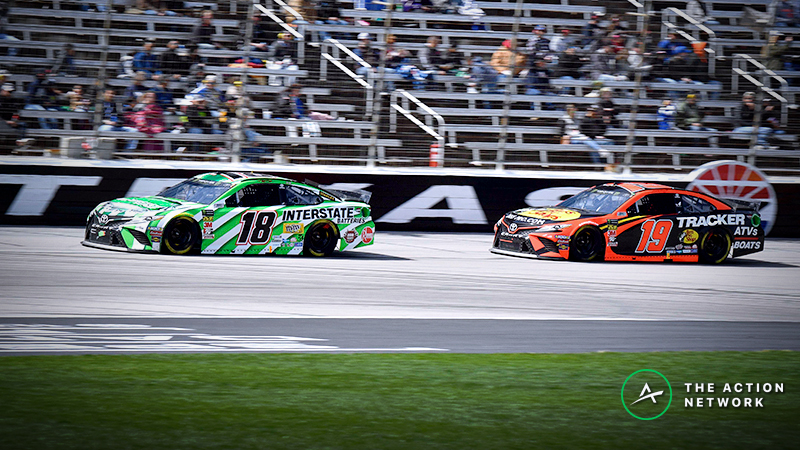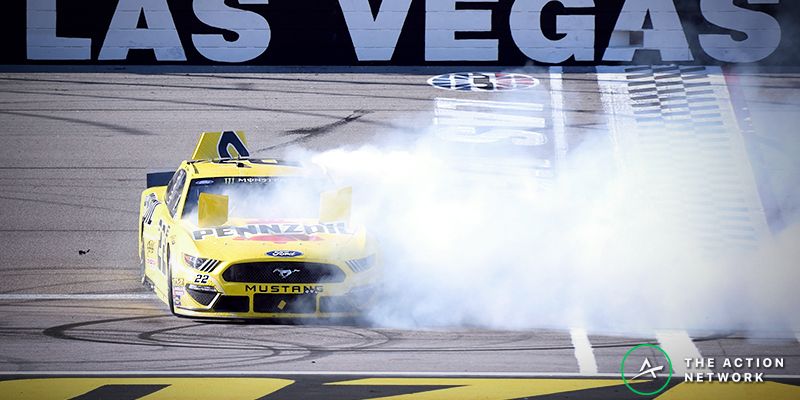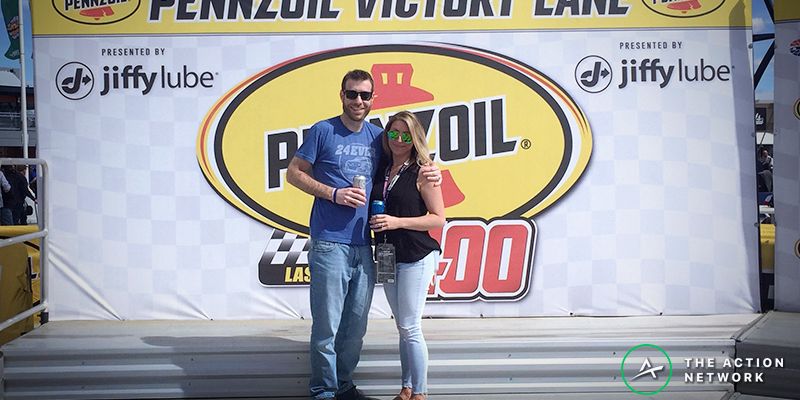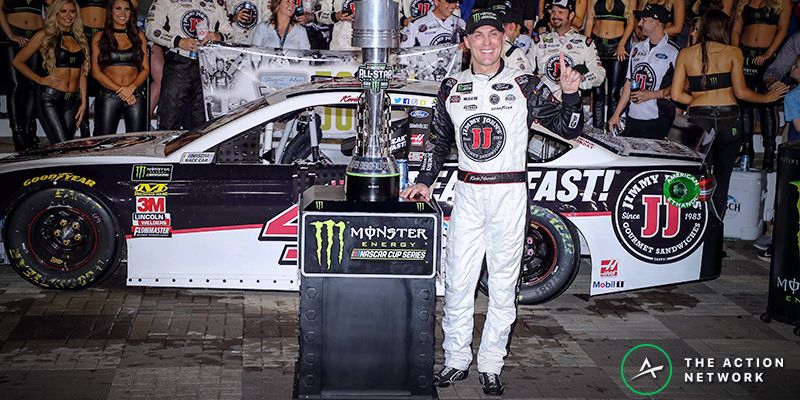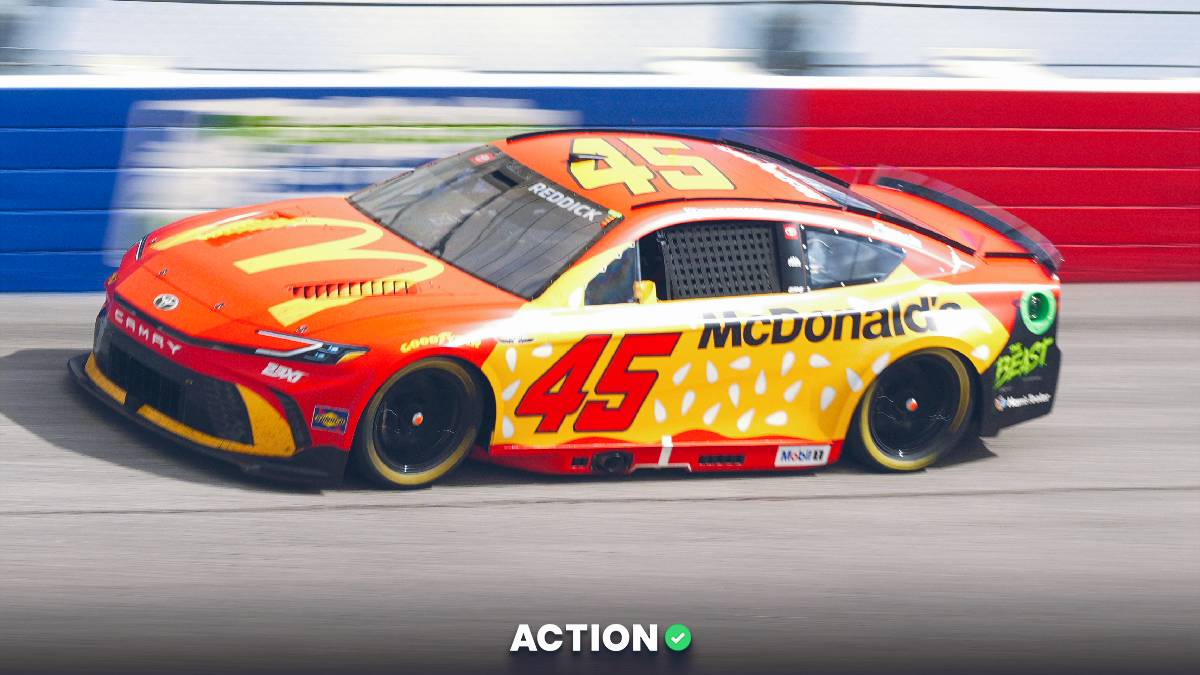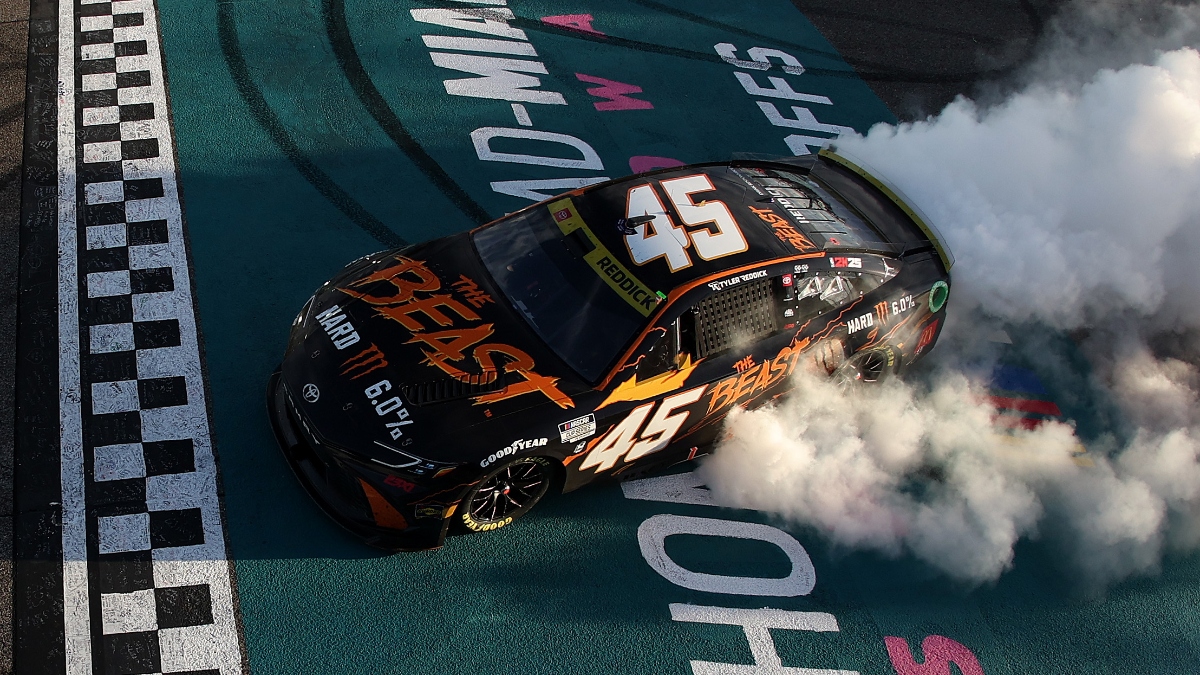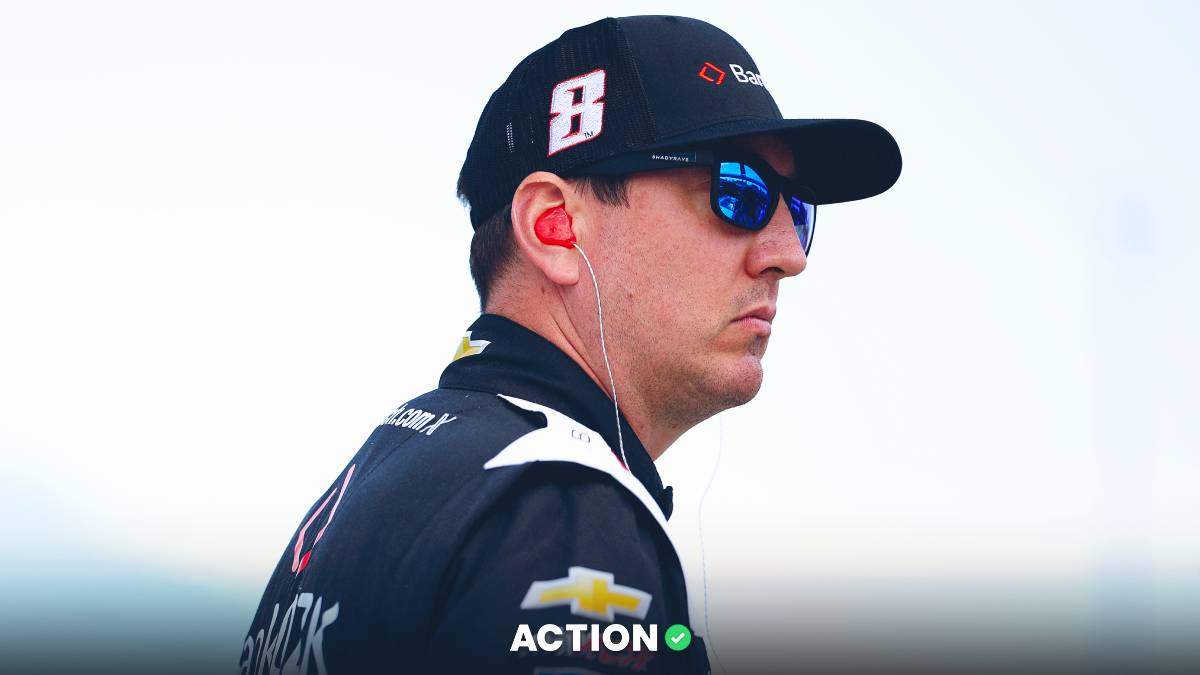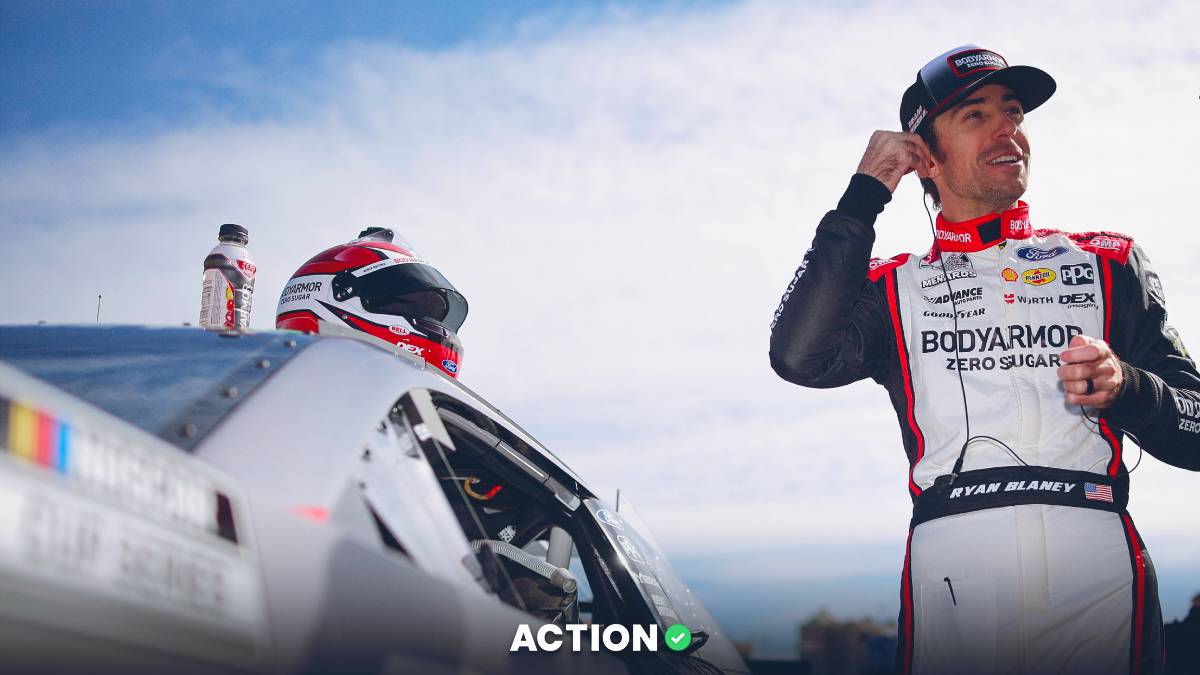NASCAR betting remains a niche market, but sports betting legalization is bringing more eyeballs as bettors poke around for more action, and look to find sports offering valuable wagering opportunities.
Because NASCAR betting is considered "niche," lines are softer than the major US sports like football and basketball because oddsmakers simply aren't as worried about posting bad numbers due to such a small overall handle in respect to other sports.
Sportsbooks have limited resources too, and it makes sense that they'll put the majority of their efforts into ensuring their lines for a sport like the NFL are as sharp as possible, because professional football is the most popular sport to bet in the US and offers very high limits.
If oddsmakers make a mistake in the NFL, they can get pounded by big bettors, resulting in a major loss for the book.
On the other hand, lower overall volume and smaller limits offer sportsbooks protection from too much liability if they make a mistake with NASCAR odds, and therein lines the value for savvy motorsports bettors.
With more people turning to NASCAR betting, I put together a list of the most important metrics bettors should consider when attempting to project future driver performance.
NASCAR Betting Tips: 5 Stats to Know
Average Finish
This simply refers to the average finishing position of a driver over given span of races. While finishing position is all that matters in NASCAR betting results, it doesn't do a great job of analyzing driver performance, as average finish includes only a driver's position on the track on one lap of many, the final one.
Average Running Position
Average running position is a better measure of true driver performance than average finish because it includes where a driver is running on the racetrack, on average, for the entire race.
One note of caution — average running position can be skewed if a driver runs into issues, especially if you're analyzing a small sample of races.
This is an extreme example, but let's assume Kyle Busch leads the first 300 laps of a 500 lap race, but then blows an engine and doesn't complete the final 200 laps.
Busch's average running position will be hurt by those final 200 laps in the garage despite being the best car in the race before having a problem not of his doing.
Laps Led
Building on the example above, average finish and average running position should be supplemented by laps led when handicapping performance. Despite what ended up being a terrible finish and a poor average running position, the fact that Busch led every lap before an equipment failure reveals that he was actually the dominant car in that race.
Taking a look at laps led is an easy way to determine if a great car's performance is being disguised by bad luck or some other factor.
Fast Laps
Similar to how average running position is a better metric than average finish when handicapping where a driver ran on the track during a race, fast laps is better than laps led when analyzing which drivers had the fastest cars.
Only one driver can rack up laps led, while the entire field can technically run the fastest time on a given lap.
There are a myriad of factors that can put a fast racecar back in the field, like a poor qualifying effort, a penalty, an unscheduled or slow pit stop, etc., meaning that driver doesn't have the ability to lead laps while trying to work his way back to the front.
However, that driver can certainly still run fast laps, making this metric great for handicapping the fastest cars in a given event or sample of races.
Driver Rating
According to NASCAR.com, driver rating combines the following factors into one metric: Win, finish, top-15 finish, average running position while on lead lap, average speed under green, fastest lap, led most laps and lead-lap finish.
The maximum rating a driver can earn is 150 points in a given race.
For example, in the 2019 Daytona 500, William Byron earned a driver rating of 114, which was the best of all drivers. However, Byron finished just 21st in the race.
This tells us that despite the mediocre finish, Byron was among the best cars in the race.
Get more of our NASCAR educational betting content here:


